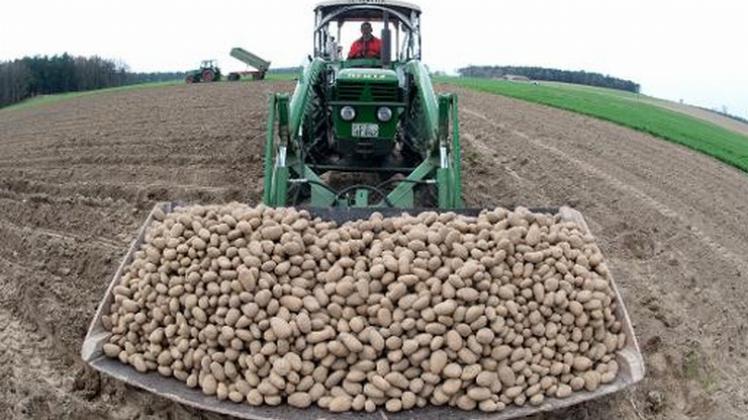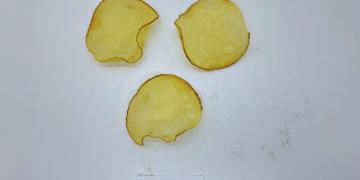EEUU: Scientists find shield for potato blight
Scientists on Monday said they have found a gene to help protect potatoes from a blight that unleashed a devastating famine in Ireland in the 19th century.

The genes were located after an exhaustive 10-year trawl through the genomes of wild potato varieties, according to their work, published in the journal Nature Plants.
Potato blight is caused by a pathogen known by its Latin name as Phytophthora infestans.
It has traditionally been described as a fungus, but closer inspection puts it in the same family as oomycetes, or water moulds.
P. infestans has a place in the history books as a mass murderer, inflicting a famine in Ireland in the 1840s that killed around a million people through starvation and disease and prompted around two million more to emigrate.
It remains a threat today. The blight inflicts billions of dollars annually in harvest damage to potatoes, the most important food crop after grains, and the disease is kept in check only through repeated chemical spraying.
The new study entailed a search for genes that trigger an immune response in potato plants, killing cells around the site of infection and thus limiting the spread of the disease.
The genetic treasure, called the elicitin response (ELR) gene, was found in a South American wild potato called Solanum microdontum, a native of Bolivia and Argentina.
ELR works in association with a key gene in the immune system, BAK1/SERK1, according to the researchers, led by Vivianne Vleeshouwers of Wageningen University in The Netherlands.
The researchers inserted the gene into the cultivated potato called Desiree, and found it was more resistant to several strains of blight.
ELR "could potentially enhance disease resistance to a number of oomycete plant pathogens, many of which are serious threats to a variety of crops and to world food security," the paper said.
Fuente: http://www.nature.com/articles/nplants201534




